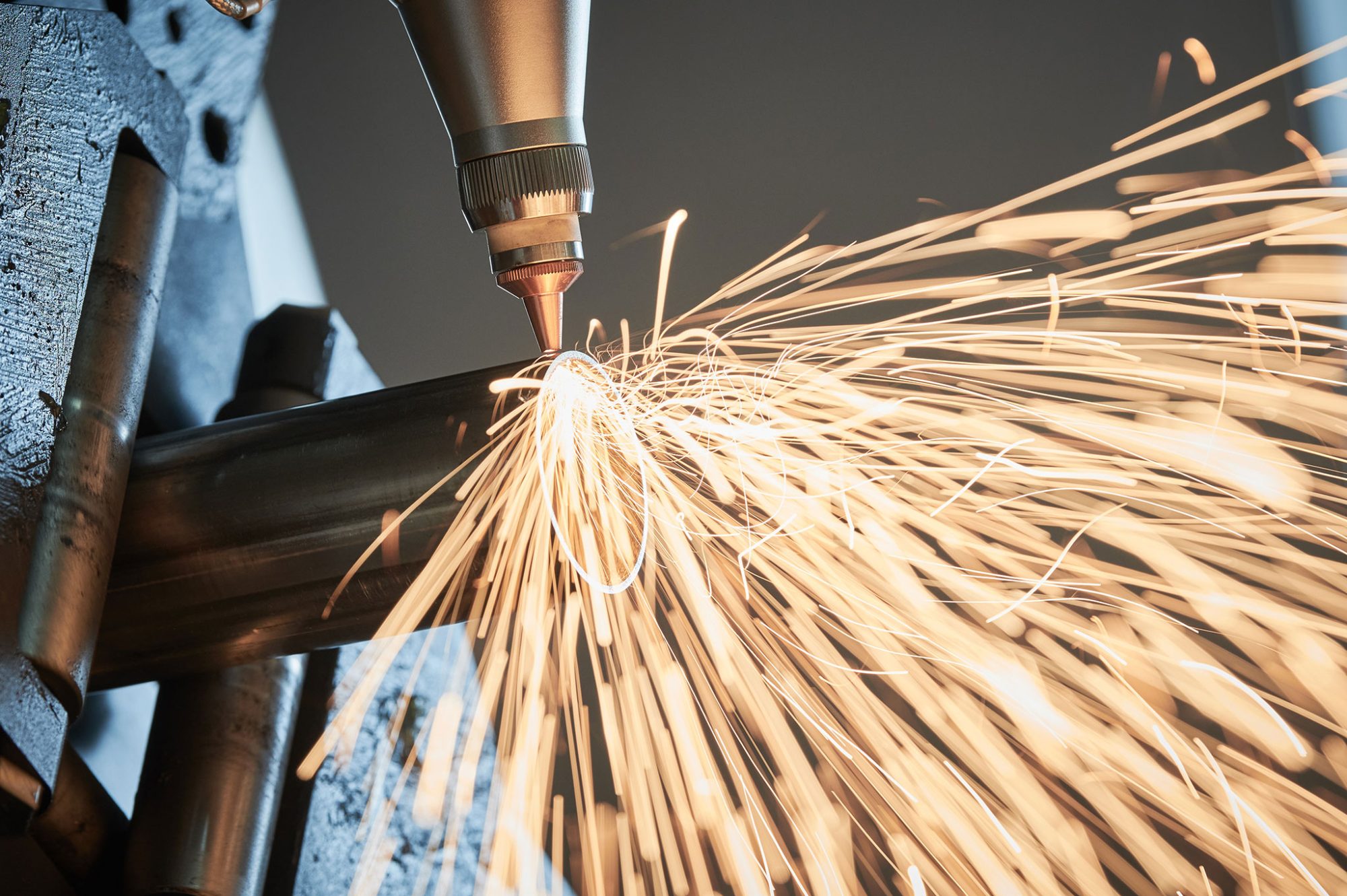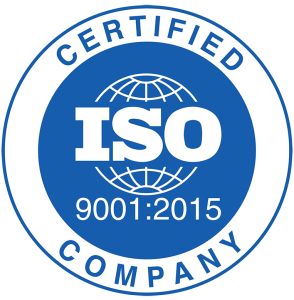The metal plating process has been around for hundreds of years. However, thanks to modern technology, there are various processes available today. It can make it a little tricky to decide what to choose. As the leading supplier of ERW steel tubes in the West Midlands, we want to share some advice.
Two of the most popular options here are galvanising and tin plating. We have plenty of experience using the former. The reason we are focusing on the two is that they are similar in a lot of ways. At the same time, some unique differences exist between them. What we want to do is take a closer look at both. We will explain how they differ so that you know what to expect.
What is tin plating?
 This is a procedure that consists of electroplating a thin coating of tin onto a metal exterior. Aluminium and steel are good examples. The tin layer safeguards the substrate from oxidation and corrosion. As a result, it increases the lifespan massively.
This is a procedure that consists of electroplating a thin coating of tin onto a metal exterior. Aluminium and steel are good examples. The tin layer safeguards the substrate from oxidation and corrosion. As a result, it increases the lifespan massively.
Another fact about tin-plated surfaces is that they offer outstanding electrical conductivity. This makes them useful for electronics applications.
One negative here is that tin plating is one of the more expensive options. As a result, it can contribute a lot to the final cost of components. Some people will choose cheaper alternatives instead.
What about galvanising?
Here you apply a zinc coating to the exterior of your substrate material with the aid of an electrolyte bath. What the layer does is help to defend the substrate from wear and corrosion. So, it is popular for projects where durability is vital.
As opposed to tin plating, galvanising is relatively cost efficient. Even better, you can apply it rapidly. Contact us if you are after the best ERW steel tubes in the West Midlands.
The advantages and disadvantages
To start with, tin plating can enhance the aesthetics of metals like brass, copper, and steel. Moreover, it can amplify the solderability. This makes joining them via soldering practices easier.
As for galvanisation, one of the benefits is that it can improve the corrosion resistance of metals. This includes steel and iron. Additionally, it has the capacity to improve the appearance of the materials.
A disadvantage of tin plating is that it can lead to metals becoming brittle and vulnerable to breakage. Furthermore, it probably won’t be appropriate for every project thanks to the relatively low melting point.
As for galvanisation, a disadvantage is that it can lead to zinc fumes being released into the air. This can harm people that inhale them, so protection is crucial. Also, in contrast to tin plating, it might not be suitable for every project because of its relatively high melting point.
The conclusion
Both processes provide advantages to metals. The former works well to enhance appearances. As for the latter, it does a good job improving corrosion resistance. In the end, the option you go for will depend on your project. Make sure you examine everything so you avoid making the wrong choice.
Explore the options we offer for ERW steel tubes in the West Midlands
At Union Steel Tubes, we have tubing available in many shapes and sizes. These include square, oval, rectangular, and round. In addition, you have a choice of wall sizes and diameters. There are even other special options like pre-galvanised and seamless too.
Customers only get the best when they shop with us. So, if you’re after the highest quality ERW steel tubes in the West Midlands, call us today. You can even ask us to suggest tube if you are unsure of anything.


